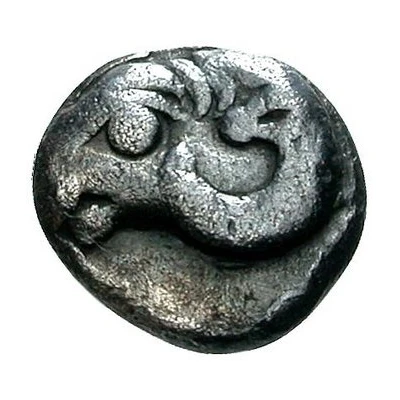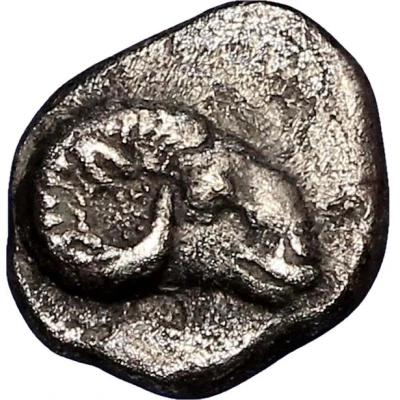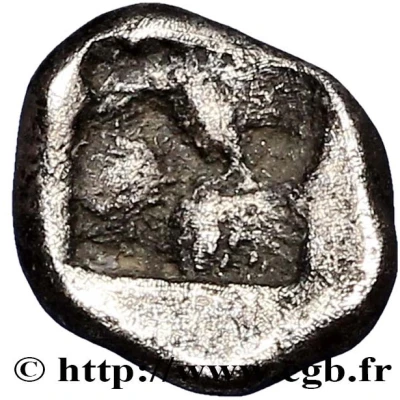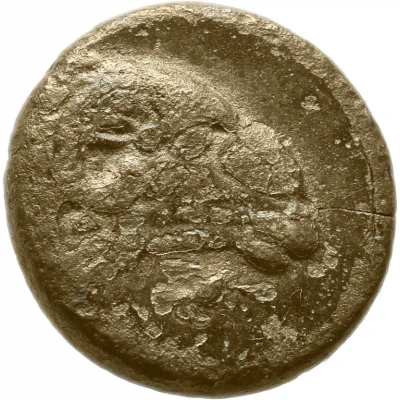
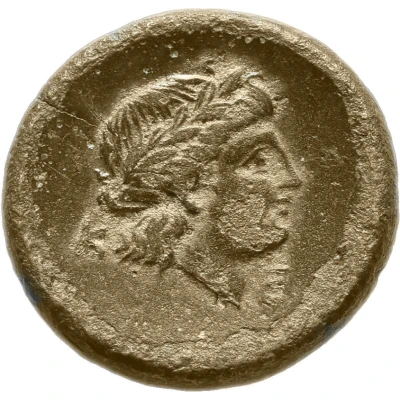

© hlop
Hemiobol 350 BC - 310 BC
| Bronze | 1.1 g | 10 mm |
| Issuer | Kebren (Troad) |
|---|---|
| Type | Standard circulation coin |
| Years | 350 BC - 310 BC |
| Value | Hemiobol (1⁄12) |
| Currency | Drachm |
| Composition | Bronze |
| Weight | 1.1 g |
| Diameter | 10 mm |
| Shape | Round (irregular) |
| Technique | Hammered |
| Demonetized | Yes |
| Updated | 2024-10-10 |
| Numista | N#157084 |
|---|---|
| Rarity index | 93% |
Reverse
Laureate head of Apollo right; Κ-Ε across fields
Script: Greek
Lettering: Κ Ε
Interesting fact
The Hemiobol coin from Kebren (Troad) was used as a form of currency in ancient Greece, specifically in the city of Kebren, which is now modern-day Turkey. The coin's name "Hemiobol" comes from the Greek words "hēmi-" meaning "half" and "bolos" meaning "thrower," likely referring to the coin's value being half that of a full drachma.
